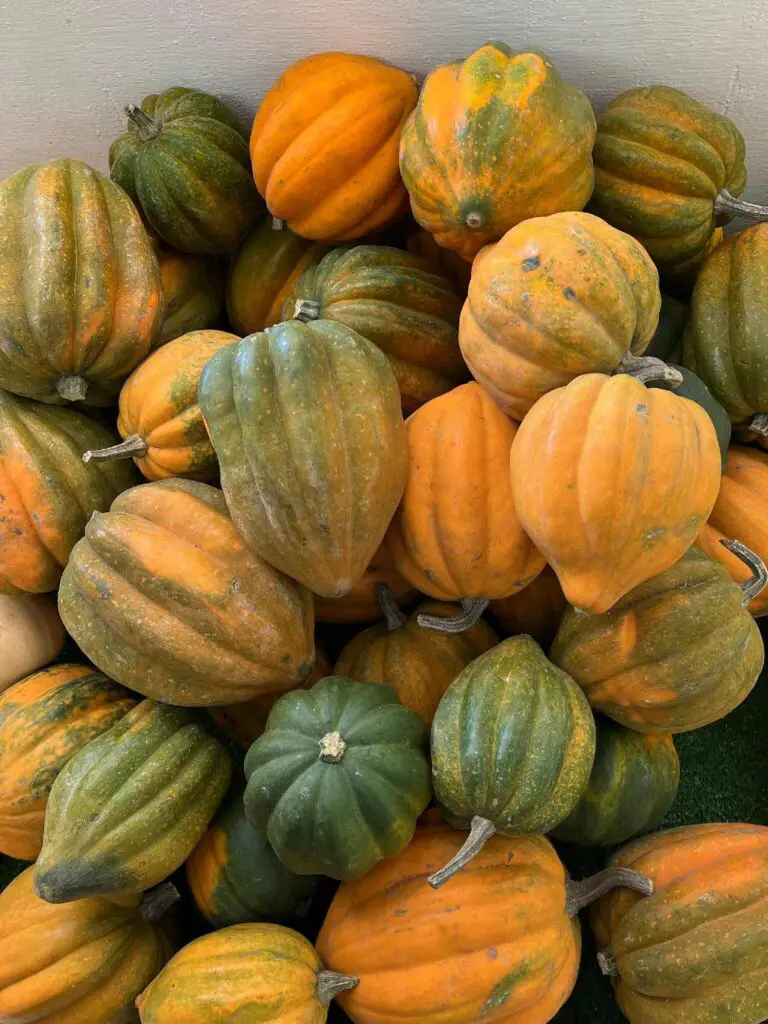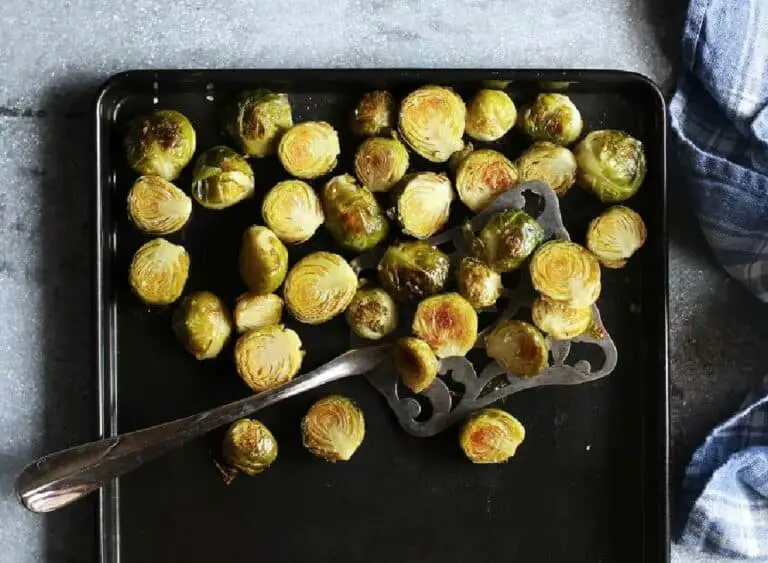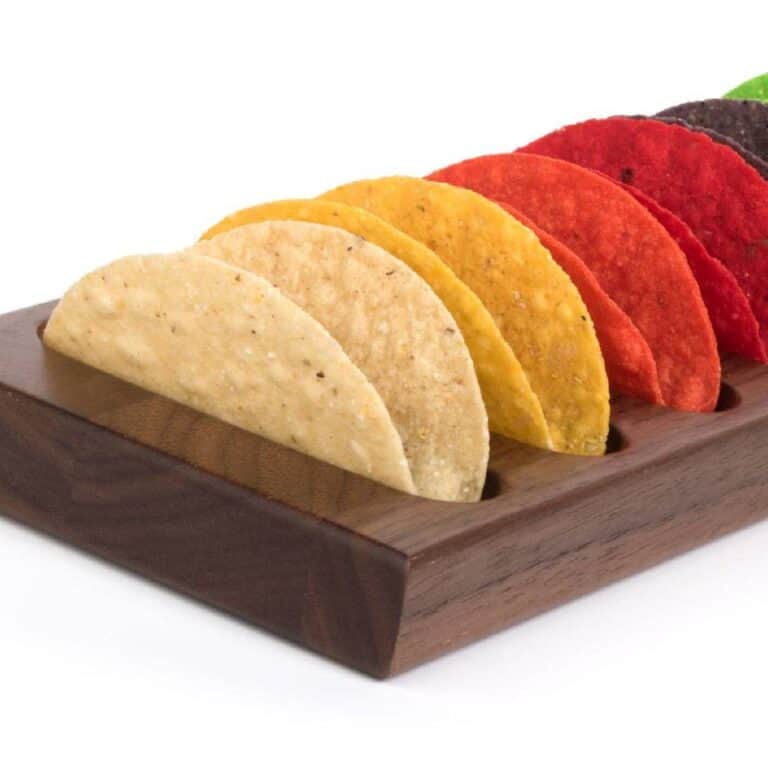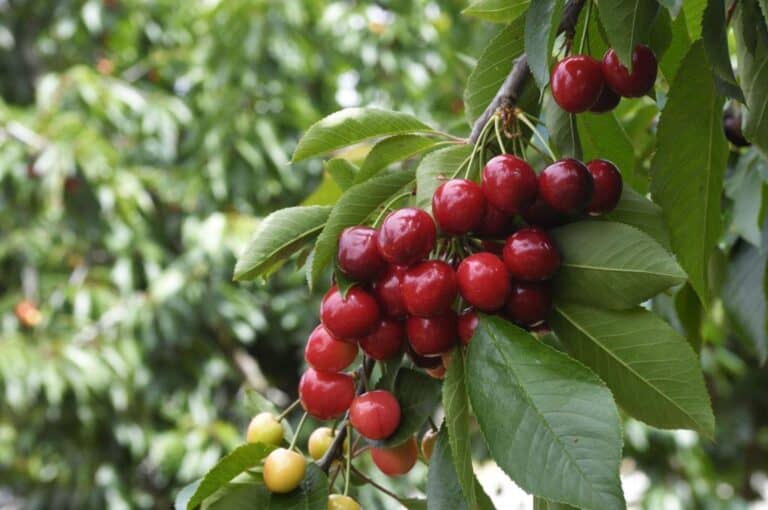What to Do with the Leftover Oat Pulp? 10 Useful Applications
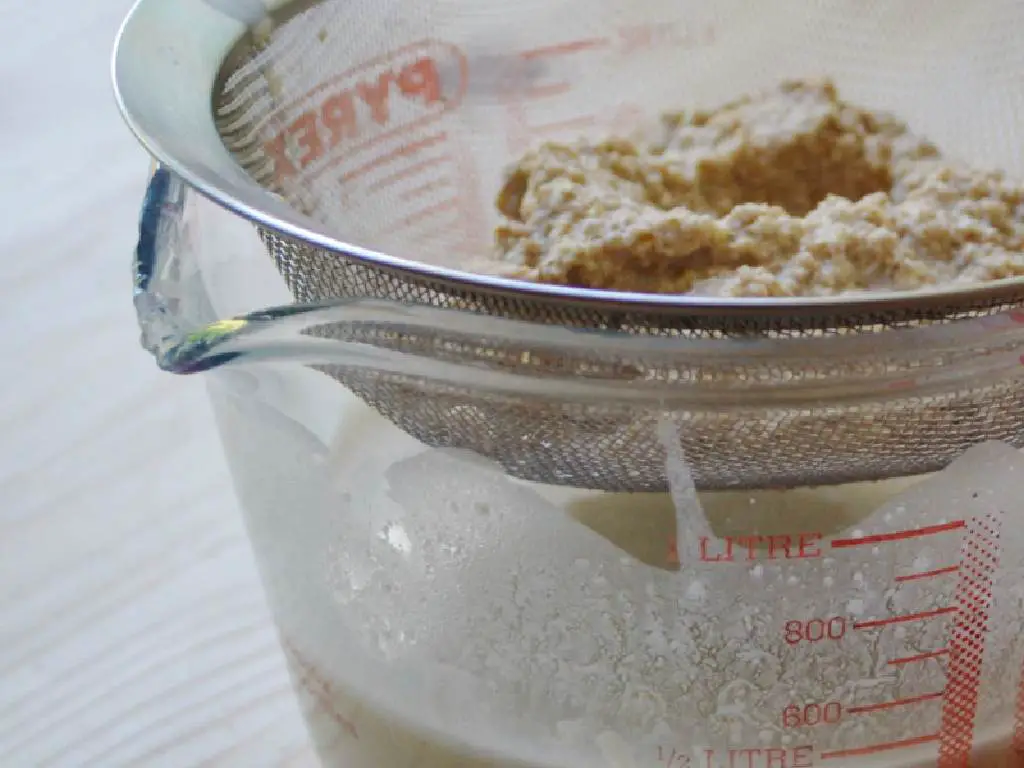
If you’re a fan of oat milk, then you’re probably familiar with the leftover oat pulp that comes with making this delicious drink. While oat milk is a great alternative to dairy, many people often wonder what to do with the pulp that’s left over.
Throwing it away seems like a waste, but many people don’t know how to put it to good use. The good news is that there are plenty of ways to use leftover oat pulp, from cooking and baking to making skincare products. So don’t throw it away just yet! There are actually a variety of creative ways to use this nutritious and fiber-rich ingredient.
In this article, we’ll explore different ways to use oat pulp and give you ideas on how to make the most of this leftover ingredient. So, hold onto your oat pulp and get ready for some inspiration!
What is Oat Pulp?
Oat pulp, also known as oatmeal residue or oat milk byproduct, is the leftover solids that remain after soaking and blending oats with water to make oat milk. It’s a fibrous substance that contains all of the nutrients found in whole oats, including protein, fiber, and vitamins.
Many people choose to discard oat pulp, but doing so is a waste of valuable resources. Instead, you can use oat pulp to create delicious and nutritious meals as well as DIY beauty products.
Oat pulp is a great ingredient to use in a variety of recipes, from savory dishes to baked goods. Plus, finding ways to use up your oat pulp means reducing food waste and saving money on groceries.
What to Do with the Leftover Oat Pulp
Now, let’s get into the fun part: all the ways you can use oat pulp in your cooking and baking. Here are just a few ideas to get you started:
1. Make Oat Flour
One of the easiest ways to repurpose oat pulp is by turning it into oat flour. Oat flour is a versatile ingredient that can be used in a variety of recipes, from baked goods to pancakes and waffles.
To make oat flour from oat pulp, you’ll need to dry the pulp first. Spread the pulp out on a baking sheet and bake it in the oven at a low temperature for several hours until it’s completely dry. Once the pulp is dry, you can use a food processor or blender to turn it into a fine powder.
2. Add it to Smoothies and Oatmeal
One of the easiest ways to use up oat pulp is to simply stir it into your morning smoothie or oatmeal. This will add an extra boost of fiber and nutrients to your breakfast without altering the taste too much.
3. Make Oat Pulp Crackers
If you’re looking for a savory snack, consider making oat pulp crackers. Simply mix the pulp with some spices and herbs, spread it out on a baking sheet, and bake until crispy. You can also experiment with adding other ingredients like seeds or cheese for added flavor.
4. Bake with Oat Pulp
Oat pulp can be a great substitute for flour in baked goods, especially if you’re looking for a gluten-free option. Try using it in recipes like muffins, bread, or even cookies. You can also mix it with almond flour or coconut flour for a more well-rounded texture.
5. Use it in Veggie Burgers
If you’re a fan of homemade veggie burgers, try adding some oat pulp to the mix. It will help bind the ingredients together and give the burgers a hearty texture. Plus, you’ll be adding extra fiber and nutrients to your meal.
6. Make Oat Pulp Patties
Oat pulp patties are a great vegetarian or vegan option for a meal. They’re easy to make and can be flavored with a variety of different spices and herbs.
To make oat pulp patties, mix the oat pulp with your desired seasonings and add a binding agent, such as egg or flaxseed. Form the mixture into patties and cook them in a skillet until they’re golden brown on both sides.
7. Make Oat Milk Bath Soak
If you’re looking for a relaxing way to use up your oat pulp, try making a soothing oat milk bath soak. Simply add the pulp to a warm bath along with some Epsom salts and essential oils for a spa-like experience.
8. Create a DIY Facial Scrub
Oatmeal is known for its soothing and exfoliating properties, making it an excellent ingredient for a DIY facial scrub. Making a facial scrub with oat pulp is not only cost-effective, but it is also a natural and gentle alternative to commercial products that may contain harsh chemicals. To make a DIY facial scrub with oat pulp, you’ll need a few simple ingredients: oat pulp, honey, and olive oil.
9. Oat Pulp as a Thickener
Oat pulp can be used as a natural thickener in many recipes. It has a similar texture to oatmeal and can add a creamy, smooth texture to dishes. For example, you can add oat pulp to soups, stews, and gravies to thicken them up. You can also add it to sauces and dips to create a thicker, more satisfying texture.
10. Oat Pulp as a Meat Substitute
Oat pulp can also be used as a meat substitute in many recipes. Because it has a similar texture to ground meat, it can be used in dishes like burgers, meatballs, and meatloaf. Simply mix the oat pulp with your favorite seasonings and other ingredients to create a tasty and healthy vegetarian or vegan option.
How to Store Oat Pulp
When it comes to storing oat pulp, it’s essential to keep it fresh to ensure that you can use it later for various recipes or other purposes. After making your oat milk, you should drain the liquid and separate the pulp. The next step is to decide how you would like to store it.
One of the most popular ways to store oat pulp is in an airtight container in the refrigerator. Ensure that the container you use is large enough to hold the amount of pulp you have, and that there is some space left at the top. This extra space will help reduce air exposure and prolong the freshness of the pulp. Once you have placed the pulp in the container, make sure to seal it tightly to prevent moisture from seeping in.
If you’re looking for a more extended storage solution, consider freezing the oat pulp. Freezing the pulp is an excellent way to make it last longer, and it won’t affect the quality of the pulp or the oat milk’s flavor. You can freeze the pulp for up to six months, making it a great option for those who make large batches of oat milk.
When freezing the pulp, ensure that you divide it into smaller portions, making it easier to use when you need it. You can use ice cube trays to freeze smaller portions or place the pulp in a freezer-safe container, depending on how much you have. Also, remember to label the container or the ice cube tray, indicating the date you froze it, to avoid confusion later.
Conclusion
As you can see, there are plenty of ways to use up oat milk’s byproducts after making oat milk. From baking to savory snacks to spa treatments, this versatile ingredient can be a nutritious and eco-friendly addition to your kitchen routine. So next time you make oat milk, don’t throw away the pulp – get creative with it and enjoy all the benefits it has to offer!


